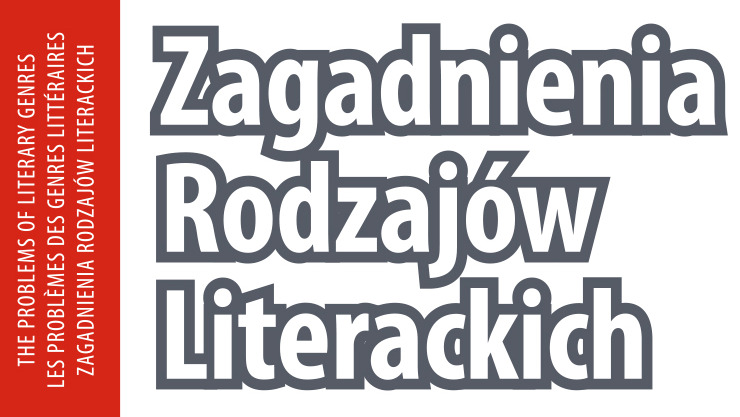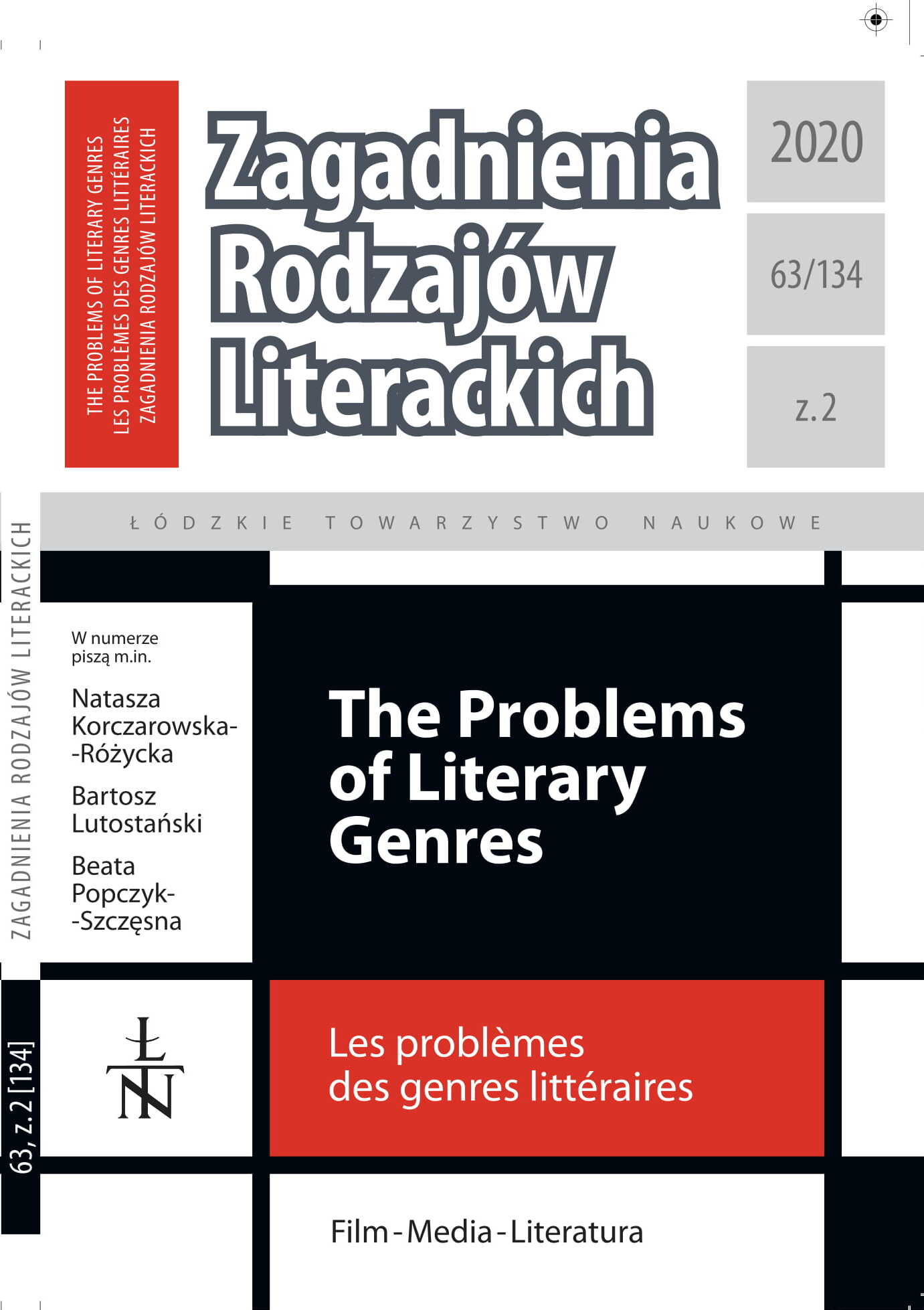Hiszpański romans rycerski w sieci
DOI:
https://doi.org/10.26485/ZRL/2020/63.2/7Słowa kluczowe:
Spanish romances of chivalry, old prints, digitalization, OCRAbstrakt
In 16th-century Spain, the romances of chivalry were one of the pillars of the publishing industry. Today, however, they remain little known to both the general public and literary researchers who rediscovered them just a few decades ago. The special situation of the romances of chivalry means that on the one hand, it is a genre that, along with the development of digitization technology, can receive a second life, and on the other — it poses particular challenges for the researchers. The process of optical character recognition in antique prints with typical editorial characteristics of Spanish romances cannot yet be carried out automatically. Hence, the search for solutions that will bring the reader closer to the content of old print, and the researcher — to carry out research based on text mining. The purpose of the article is to show attempts to introduce Spanish chivalric romance into the Internet space, undertaken in various academic centres, as well as to outline possible perspectives for further actions in this field.
Liczba pobrań
Bibliografia
Bazzaco Stefano (2018), El Progetto Mambrino y las tecnologías OCR: estado de la cuestión, „Historias Fingidas”, nr 6.
Bognolo Anna, Neri Stefano (2014), Progetto Mambrino. Resultados y perspectivas, „JANUS”, nr 3.
Cervantes Miguel de (2015), Przemyślny Szlachcic Don Kichot z Manczy, tłum. W Charchalis, Rebis, Poznań.
Huygens Robert Burchard Constantijn (2000), Ars Edendi: A Practical Introduction to Editing Medieval Latin Texts, Brepols, Turnhout.
Lucia Megias, Jose Manuel (2012), Editar hoy en la Red: las plataformas digitales [w:] Edición y literatura en Espana (siglos XVI y XVII), red. Cayuela A., Prensas Universitarias de Zaragoza, Zaragoza.
Manzinelli Tiziana (2016), Early printed edition and OCR techniques: what is the state-of-art? Strategies to be developed from the working-progress Mambrino project work, „Historias Fingidas”, n. 4.
Ramos Nogales Rafael (2016), Dos nuevas continuaciones para el Espejo de príncipes y caballeros, „Historias fingidas”, n. 4.
Sahle Patrick (2016), What is a Scholarly Digital Edition? [w:] Digital Scholarly Editing, red. Driscoll M.J., Pierazzo E., Open Book Publishers, Cambridge.
Sousa Maria Clara Paixao de (2013), A Filologia Digital em língua Portuguesa: Alguns caminos [w:] Património Textual e Humanidades Digitais: Da antiga a nova Filologia, red. Goncalves M.F., Banza A.P., Publicacoes do Cidehus, Evora.
Springmann Uwe, Ludeling Anke (2017), OCR of historical printings with an application to building diachronic corpora: A case study using the RIDGES herbal corpus, „Digital Humanities Quarterly”, nr 11, www.digitalhumanities.org/dhq/vol/11/2/000288/000288.html [dostęp: 14.12.2019].
Vargas Diaz-Toledo Aurelio (2014), Un nuevo proyecto de investigación sobre libros de caballerías portugueses, „Historias Fingidas”, nr 2.
Vargas Llosa Mario (1991), Presentación [w:] Williamson E., El Quijote y los libros de caballerías, Taurus, Madrid.
Amadís, base de datos de literatura caballeresca | clarisel.unizar.es/paginas/index.php?base=amadis&opcion=presentacion.
Biblioteca Digital Hispánica | bdh.bne.es.
Libros de caballerías | www.cervantesvirtual.com/portales/libros_de_caballerias/.
Progetto Mambrino | www.mambrino.it/it/.
Quijote Interactivo | quijote.bne.es/libro.html.
Universo de Almourol | www.universodealmourol.com/.








